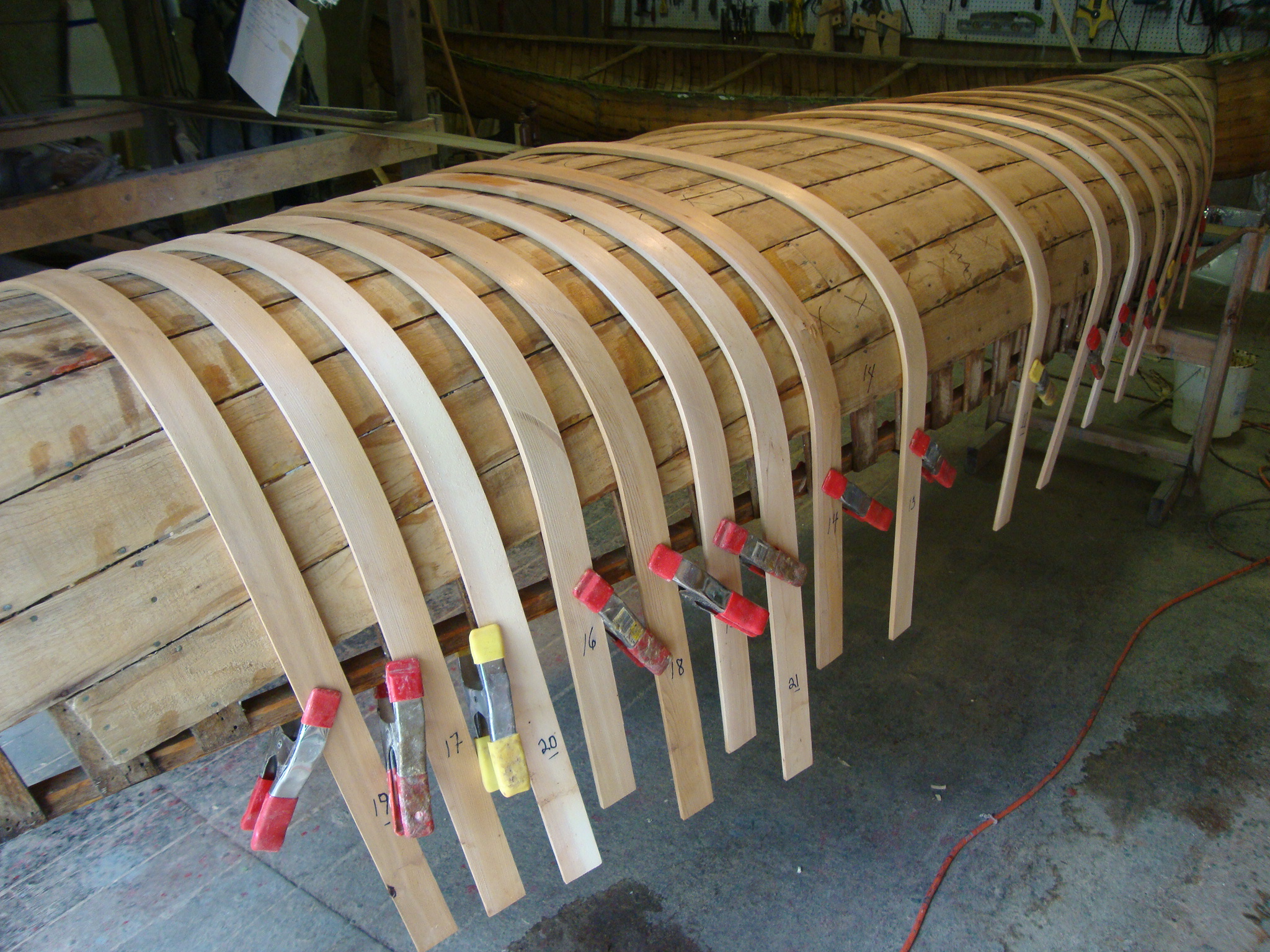Dowel Joints- Often used for accuracy, dowel joints are useful and easy to drill adn make. the dowels are most oftenly made out of a hard wood called Ramin and come in a range of widths from 4 to 25mm. Typically pocessing grooved curfaces for glue to adhere.
Dovetail-
Through Dovetail- Often used in the back of drawer, the tapered shape of the finger like pieces prevent the drawer from falling part when an opposite force is applyed. they are not only used for their strength and resistance but also their decorative qualities
Lapped Dovetail- Lapped dovetail joints equally are as strong as the through dovetail joints but are not visable. this is because part of the wood laps over the dovetail. These are most commonly used in drawer fronts
Finger Joints- Also known as Combe Joints, finger joints are a simply fairly easy joint to manufacture as there are not any angles included like the dovetail joint. These joints are ideally suited to industrial situations where it is produced using machine tools.





